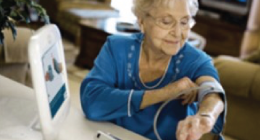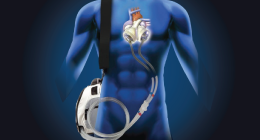The Story of the Artificial Heart Gives New Meaning to Being on The Bleeding Edge of Technology
March 23, 2016
by Tammy Sachs, CEO
Video: A Change of Heart, is a fascinating NYT Retro Report on how thirty years after the first artificial heart (hailed as a dismal failure) was tested on humans, that same technology is now saving lives. It is also a testament to how people are willing to be human experiments in order to live AND to be a part of changing the lives of future patients struck with the same diseases.
The video, edited by Anne Checler, an amazing documentarian, was the second most downloaded NYT video this past Monday, only trumped by Obama’s trip to Cuba. This is a measure of our collective fascination with the increasing role technology is having in partnering with the human body to improve and often save lives.
It is also amazing to watch pioneers in early medical technology live to see their inventions successfully re-introduced. The only difference is we now know so much more about how to prepare the body for something as major as an artificial heart. Not a stent, or a pacemaker, a heart.
 Source: The Brain Electric by Malcolm Gay
Source: The Brain Electric by Malcolm GayTo hear more about the future of medical technology when it comes to the other major organ of the body — the brain — come to MIT Enterprise Forum’s event on April 5. Malcolm Gay, author of The Brain Electric and a leading journalist will talk about his many interviews with those looking to technology to save and improve the lives of those struck with neurological diseases from stroke to seizures. He will talk about what he terms “the dramatic high-tech race to merge minds and machines”.
As in the NYT piece, his story documents people willing to be human experiments in order to support solutions that, like the artificial heart, may take decades to perfect so that neuroscience and technology make possible what today is barely conceivable. Please join us in learning about what the future holds.






 Source:
Source:  Source:
Source: 







